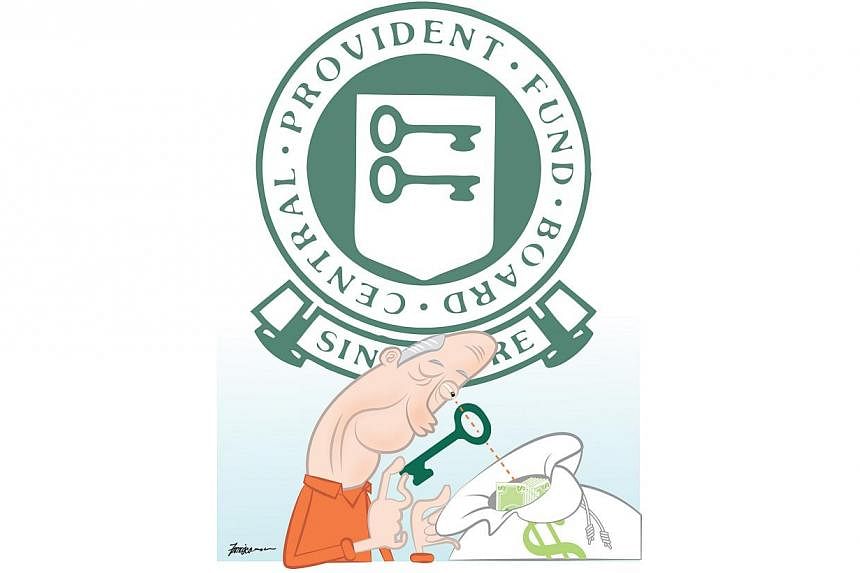WHETHER or not the amount in a Singaporean's Central Provident Fund (CPF) account is adequate for retirement does not just depend on the amount saved. The rate of return on the savings is also important. At the very least, the rate of return on CPF savings must be enough to offset increases in the cost of living.
To find out how CPF interest rates have fared relative to inflation in Singapore, I computed the annualised rate of return on CPF savings over five-year periods. This was done using the respective CPF interest rates applicable for the Ordinary, Special and Medisave accounts starting from 1960 onwards. This computed rate of return, which takes into account the apportionment of the savings over these three accounts, was then compared with the corresponding rate of inflation over the same five-year periods.
The analysis shows that except for the high inflation arising from the oil-price hikes of the mid-1970s, the CPF system has managed to enhance the real value of CPF savings. But the average rate of increase in the real value of CPF savings has been falling. From 2.1 per cent for the past four decades before 2008, it has fallen to an average of just 0.7 per cent in the last five years. The calculation takes into account the additional 1 per cent interest on the first $60,000 of a member's combined CPF savings since 2008. For CPF contributors with more than $60,000 in combined CPF savings in 2008, the real value of savings in excess of this amount has in fact remained stagnant.
There is an urgent need to raise the CPF nominal rate of return to make sure it stays above inflation as much as possible. What will it take to beef up the returns on CPF savings? I have two suggestions:
Implement a 1 percentage point across-the-board increase in the interest rate on CPF savings. This will bring the real rate of return closer to the long-term real return of 2.1 per cent.
Based on the $259 billion of total CPF members' balance in March, this could mean additional returns of $2.6 billion per year for the benefit of 3.53 million CPF members. This sum may seem large but it is less than a third of the Net Investment Returns Contribution (NIRC) from the Government's investments.
Alternatively, raise the extra interest on the first $60,000 to 2 per cent. This would involve a payout of less than half of the previous amount. The additional interest return should be ring-fenced in the Retirement or Special accounts to ensure it contributes to building up the Minimum Sum for long-term retirement adequacy.
To shore up confidence in the CPF system, it is not enough for the Government to give an assurance that it can meet its national social security obligation.

